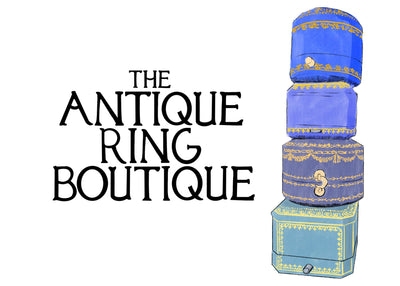It was inauspicious to leave one’s ear bare, and so you would never catch an empress donning a single pair of earrings or a lone necklace. Gold collars were stacked high around the throat and chains draped elegantly around one’s waist, bejewelled bangles snaked around both arms, hair would be plaited and set with gold-the parting lined with jewels, heavily beaded anklets would tinkle with each step and ornamental head pieces- decorated with strings of pearls and rubies- draped over the face in the fashion of a veil. There was simply no room for minimalism.
The contrast between Mughal jewellery and traditional Indian jewellery lies in the intricacies of the design. Usually gold or gold plated silver and adorned with enamel or stone work, Mughal jewellery features an array of precious gemstones. Diamonds, rubies, emeralds and pearls were worn daringly.
The jewellery itself often drew inspiration from nature, this becomes obvious to us if we reflect on the unyielding presence of nature and the unabashed facade of this kind of jewellery, bold in its approach and the absolute antithesis of wall-floweresque. It is very much what today we would refer to as a “maximalist”approach, both in how it was worn and also composed.

Although beautiful to look at, jewellery at this time served a purpose far beyond visual gratification. The design, motifs and reasoning expressed the potent essence of Indian spirituality. The repeated symbolism also penetrated the barriers of caste and religion, bringing a sense of unity to this wonderfully historic region.
Click here to shop our Mughal pendant!
References:
https://bellatory.com/fashion-accessories/Mughal-Jewelry-Royal-and-antique-jewelry-of-North-India
https://www.voylla.com/blogs/women/royal-mughal-jewellery#:~:text=Mughal%20jewellery%20acquired%20its%20eminence,bases%20were%20the%20different%20alternatives.
https://theculturetrip.com/asia/india/articles/mughals-myth-and-murder-500-years-of-indian-jewelry/
https://www.metmuseum.org/blogs/now-at-the-met/2015/jewelry-and-power


1 comment
Appreciating your content to enrich our digital lives is always nice, and your information will surely benefit many. In the spirit of mutual growth and learning, I would be honored if you could take a moment to visit my website at,
Best Jewellery Shop in Coimbatore